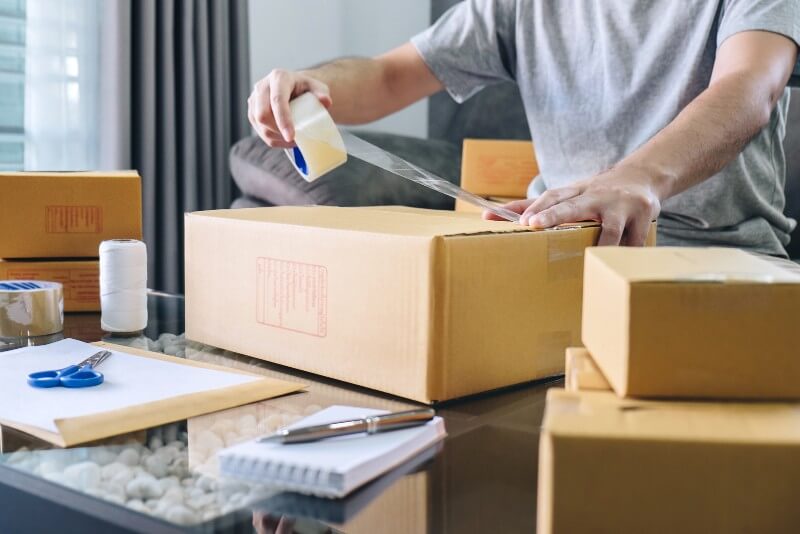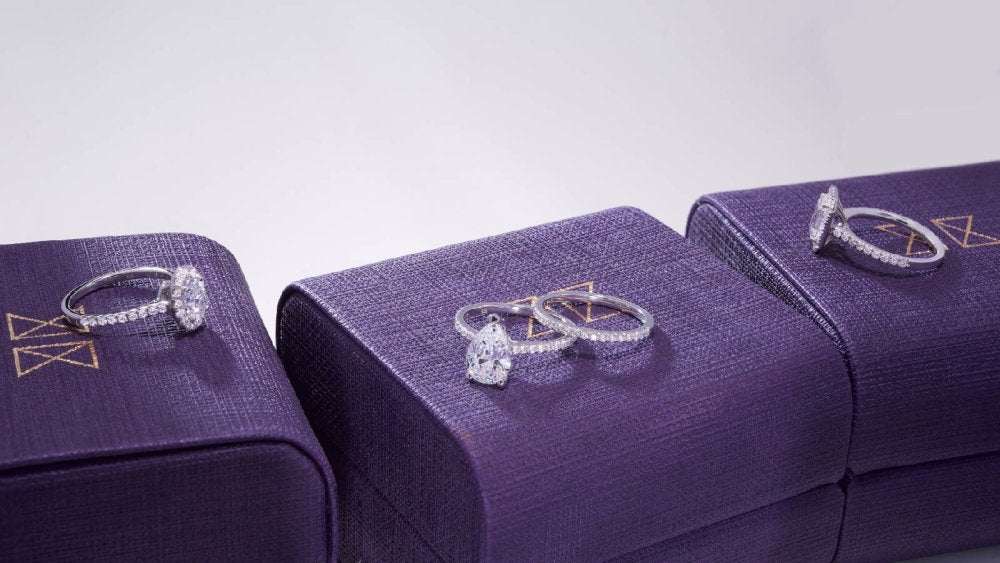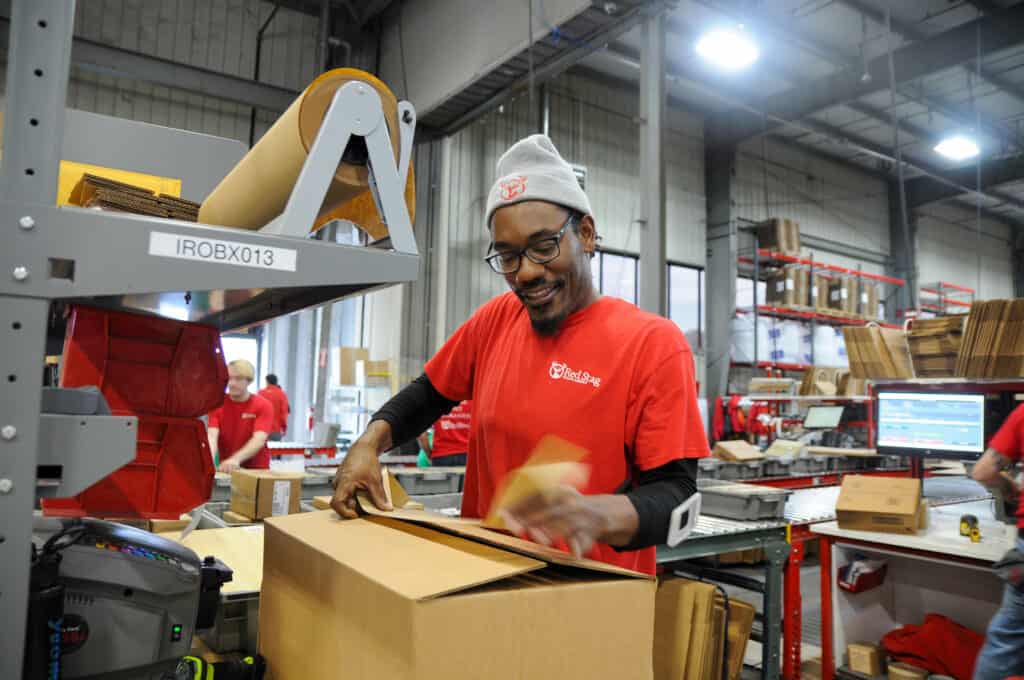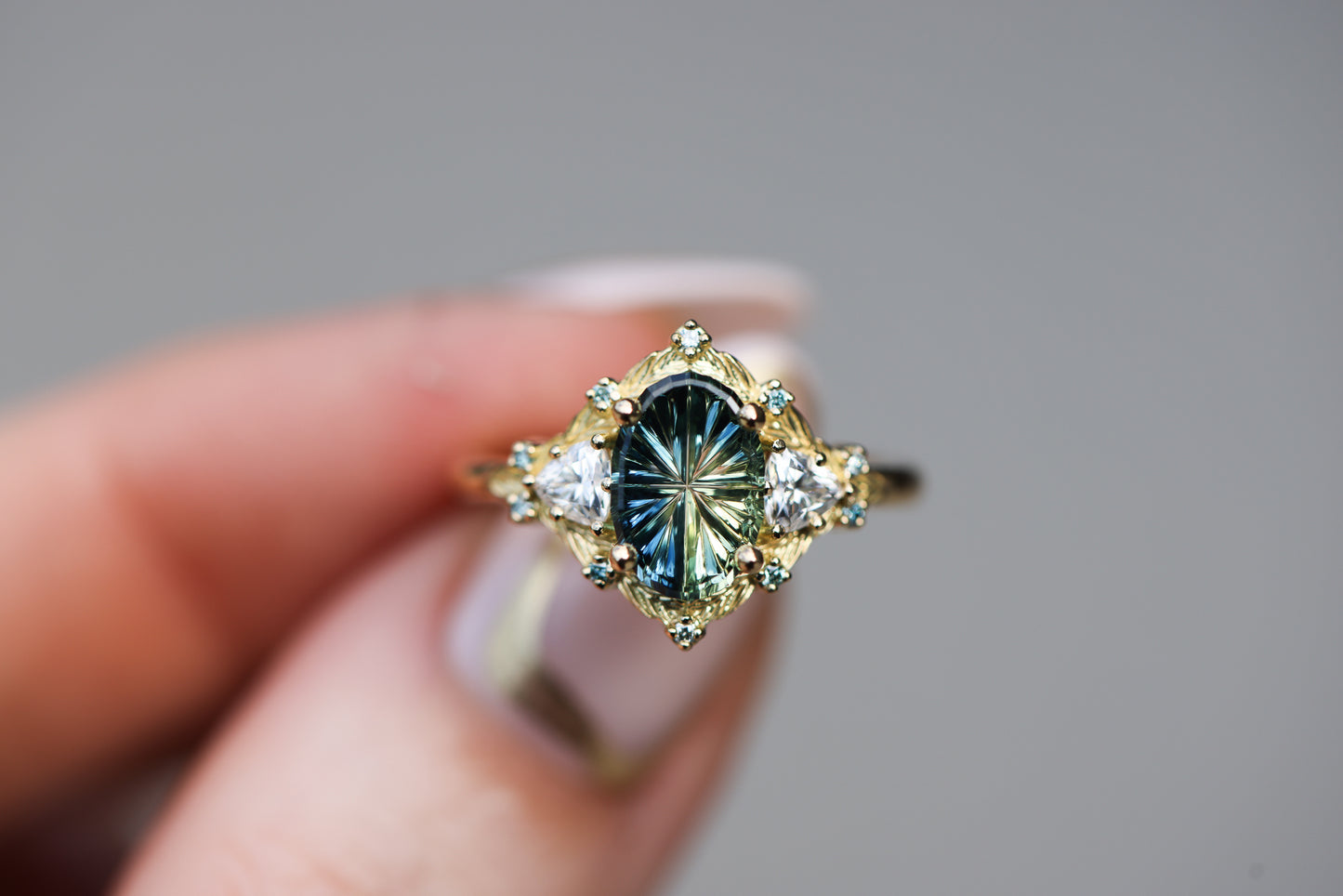Last week we had time to go over in detail a few tips for the successful development of your company. Today we will consider where to start when creating a new brand, how the packaging will hit the bull’s eye and not miss, and why, after all, visual design should be highlighted.
How Do Your Products Get To The Point?
In order to ensure a successful “shot” of your packaging, you need to be well prepared:
To study the target audience – it is necessary to divide it into segments, while it is important to take into account certain characteristics: socio-demographic data, psychological characteristics, preferences, needs. Custom cover up labels help packaging and shipping companies to fix the mistakes in their original packages by reapplying a new patch or label. These labels are known as cover up labels since they cover the previous information and products details.
Study the market – find out the needs and demand for certain groups of goods in different segments, conduct a SWOT analysis of market segments.
Study competitors’ solutions – conduct a SWOT analysis of the product range, study the pricing policy and market segments in which they sell products.
Conduct product segmentation – this analysis is based on information obtained from market and competitor analysis. The packaging and the attachment itself (product) are assessed, the product is analyzed together with all processes (production, marketing, logistics, etc.) in terms of cost.
All this data will help to correctly determine the final version of the product packaging that the consumer will buy. One of the important aspects influencing the consumer’s purchasing decision is the appearance of the packaging, namely the print quality. For example, for the Gletcher Brewery, we created full color flexo boxes that exceeded our expectations. The color on white cardboard practically did not differ in saturation and juiciness from similar colors on bottle labels.
– The execution of orders does not happen by itself. It needs to be thought out in advance and carefully calculated. For Glaetscher, such projects are something new and untested. The customer wanted to see bright and colorful packaging, because this is both additional advertising and recognition of their brand.
Thus, our goal was to increase brand awareness and sales by producing full color packaging. To show the client what flexo printing looks like, we have prepared a number of packaging samples with a full-color image. Glacier representatives saw the full potential of flexo printing and made the right choice.
This allowed Gletcher to hit the spot, that is, to win the preferences of the target audience and certain market segments.

Start By Collecting Packing Requirements
Since every printing process – from CMYK flexo to foil embossing – has its own set of costs, it is imperative to first design the packaging structure for your product, and then proceed with its visual design. To do this, it is necessary to competently develop a BRIF – a document that is an extended terms of reference, which displays the initial data of the project, as well as the general preferences of the customer. For example, the brief may reflect the packaging requirements in sections: construction, design, quality and marketing.
Just as “theater starts with a coat rack”, launching new products and packaging starts with marketing. Or, more precisely, with the definition of basic information about the packaging: what tasks should the packaging solve, how it will be used by the manufacturer and the end consumer, what network requirements may be for packaging, how the box with products will be displayed in retail outlets, etc.















